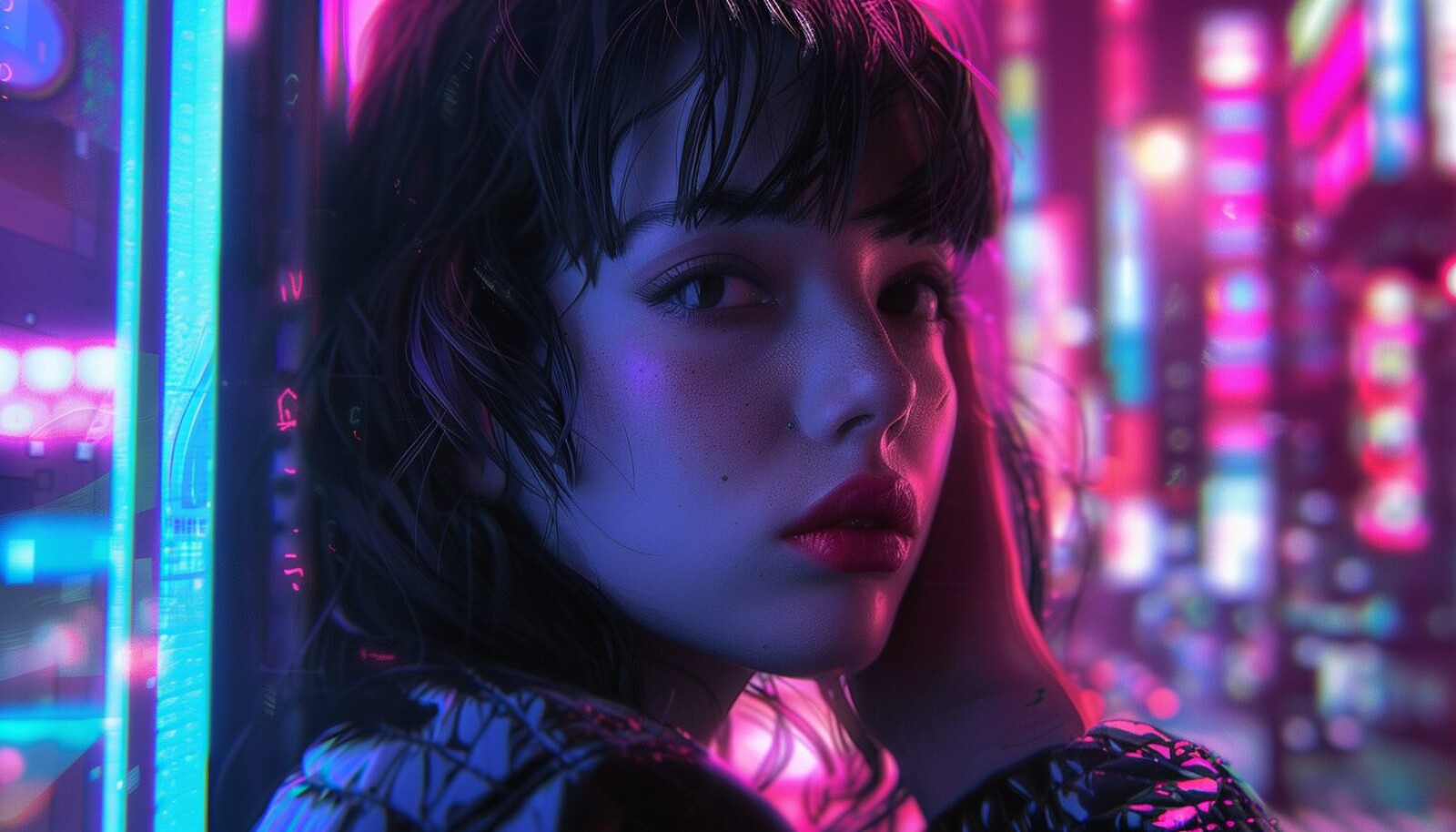
Sophia Hashford
Elon Musk’s Grok AI Chatbot: A New Competitor in the AI Landscape

Elon Musk, the visionary entrepreneur behind companies like Tesla, SpaceX, and Neuralink, has expanded his ventures into the realm of artificial intelligence with Grok, an AI chatbot designed to be engaging, informative, and personable. Developed by xAI, Musk’s AI research company, Grok aims to compete with established chatbots like ChatGPT and Google’s Bard.
The Genesis of Grok
Grok was born out of Musk’s desire to create an AI that could engage users in meaningful conversations, provide insightful information, and exhibit a touch of personality. The name “Grok” is inspired by the science fiction novel “The Hitchhiker’s Guide to the Galaxy,” where the term means to understand something intuitively. The development team, led by former Google AI researcher Igor Musatov, is composed of experts in deep learning and natural language processing (NLP).
The goal was to create an AI that not only provides accurate and useful responses but also entertains and engages users with a witty and sometimes sarcastic tone, reflecting Musk’s own persona.
How Grok Works
Grok operates using a large language model (LLM) that combines NLP and deep learning techniques. NLP enables Grok to comprehend and process human language, while deep learning allows it to learn from vast datasets and adapt over time. This integration allows Grok to generate more natural and coherent responses.
Trained on a massive dataset of text and code, including real-time information from X (formerly Twitter), Grok stays updated with current events, providing timely and relevant responses to user queries. This access to real-time data sets Grok apart from many of its competitors, allowing it to respond to ongoing developments more accurately.
Comparing Grok, Bard, and ChatGPT
Grok distinguishes itself from Bard and ChatGPT in several ways. Firstly, Grok’s personality is crafted to be more engaging and personable, often displaying a hint of sarcasm and wit. This makes interactions with Grok feel more human-like and entertaining.
Secondly, Grok’s integration with real-time information from X allows it to provide immediate and contextually relevant responses, a feature that enhances its utility in dynamic and rapidly changing environments. While Bard and ChatGPT are formidable in their capabilities, Grok aims to combine these strengths with a more interactive and engaging user experience.
Technical Foundation of Grok
Grok’s underlying architecture is based on the transformer model, a type of neural network that has revolutionized NLP. Transformers can process long sequences of text and capture complex relationships between words, enabling Grok to generate more nuanced and accurate responses. This architecture supports Grok’s ability to handle a wide range of queries, from factual information to creative content generation.
One of the unique aspects of Grok is its more liberal “not safe for work” (NSFW) filters. These filters allow for a broader range of topics in conversations, though still within the bounds of responsible and ethical AI use. This feature gives Grok a distinctive edge in engaging users on topics that might be restricted in other AI chatbots.
Accessibility and User Experience
Currently, Grok is in beta testing and available to X Premium users. This controlled rollout allows the developers to refine Grok’s capabilities based on user feedback before a wider release. Users access Grok by authenticating with their X credentials, ensuring a seamless integration with the X platform.
Strengths and Capabilities of Grok
Grok excels in various tasks, including answering questions, generating creative text formats, and engaging in interactive conversations. It can provide comprehensive and informative answers to a wide range of questions, from simple factual queries to more complex discussions.
Additionally, Grok can produce different creative text formats, such as poems, scripts, and code, showcasing its versatility. Its ability to engage in meaningful conversations, adapting responses to the user’s context and preferences, sets it apart from many other chatbots.
Challenges and Limitations
Despite its impressive capabilities, Grok is not without limitations. Like other AI systems, it may reflect biases present in its training data, leading to biased responses. Grok’s reliance on real-time information from X also means it could perpetuate misinformation if not properly managed.
Misinterpretation of user intent or context can lead to inaccurate or irrelevant responses, a common challenge in conversational AI. Moreover, distinguishing between factual and false information remains a significant hurdle, requiring users to exercise caution and verify critical information independently.
Future Prospects and Growth Plans
xAI has outlined ambitious growth plans for Grok. Continuous improvement of algorithms and training data will enhance Grok’s accuracy, relevance, and creativity. Expanding Grok’s capabilities to include tasks like summarizing complex topics and translating languages will further increase its utility.
Cross-platform integration is another key area of focus, aiming to make Grok accessible on various platforms beyond X. This would expand its user base and solidify its presence in the AI chatbot market.
Conclusion
Elon Musk’s Grok AI chatbot represents a significant advancement in the field of conversational AI. With its engaging personality, real-time data access, and versatile capabilities, Grok has the potential to carve out a unique niche in the competitive AI landscape. As it continues to evolve, Grok will likely play a crucial role in shaping the future of human-AI interaction, demonstrating the possibilities and challenges of integrating advanced AI technologies into everyday life.














